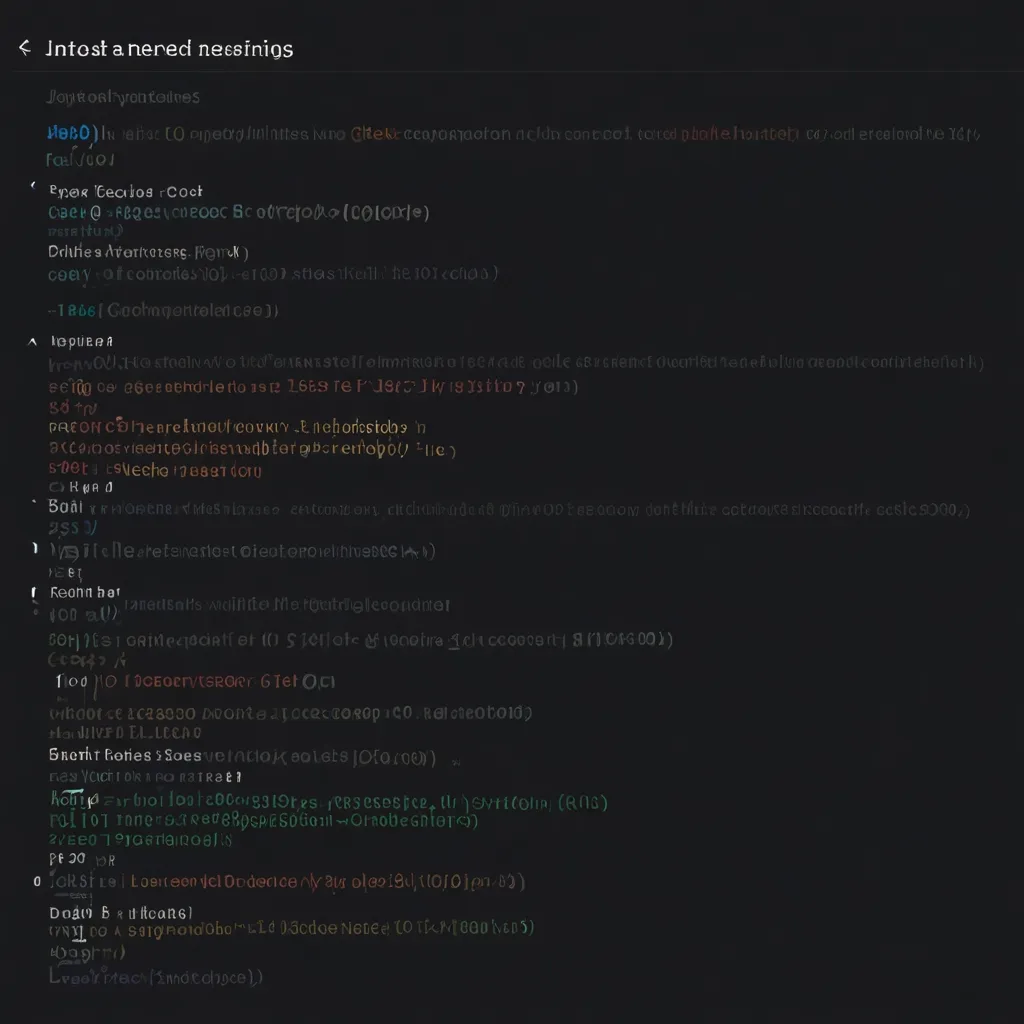In the programming universe brimming with numerous languages, there’s this understated, elegant gem known as Io. Crafted by Steve Dekorte back in 2002, Io stands tall as a pure object-oriented language. It’s inspired by the likes of Smalltalk, Self, Lua, and Lisp, showcasing how minimalistic design can pack a punch in power and flexibility.
Io’s core philosophy is all about conceptual unification and dynamic tendencies. Simplicity and flexibility take precedence over raw, brute performance here. This design choice means Io is super portable, adaptable, and can run on a bunch of platforms like IA-32, x86-64, ARM, and even .NET CLR. It’s like having a small, portable virtual machine that can execute Io code anywhere. This makes integrating Io into different environments a breeze.
The object model in Io is nothing short of fascinating. Instead of the class-based system that Java or C++ uses, Io opts for a prototype-based model. Here, there’s no line between instances and classes; everything is treated as an object. Objects can simply inherit behavior from other objects directly. This is a nod to the models seen in Self and NewtonScript, making it easy-peasy to create complex hierarchies sans rigid class structures.
For example, whipping up a new object that inherits from another is effortless in Io:
parent := Object clone
child := parent clone
The child object here picks up all the properties and methods of the parent, offering a flexible and dynamic way to build and shape objects.
Borrowing another intriguing feature from Lisp, Io embraces homoiconicity. This essentially means that code is viewed as data, opening doors for deep introspection and metaprogramming. Io programs are basically data trees that can morph during runtime. This quality makes Io a pro at crafting domain-specific languages (DSLs) and handling live coding.
Imagine working on a DSL without needing any fancy macro support. Io makes this possible by treating code as data:
code := "doStuff(42)"
code evaluate
This ability to treat and tweak code as data brings a plethora of possibilities for meta-programming and dynamic code generation.
Another cornerstone of Io is its message-passing mechanism. Every action in Io translates to a message sent to an object. This keeps the syntax clean, simple, and super easy to digest. For instance, calling a method is as straightforward as sending a message:
System version
Here, version is the message sent to the System object, which then responds accordingly.
Operators in Io are treated just the same, making everything consistent and neat:
1 + 5 * 8 + 1
This expression is just a series of method calls, ensuring the syntax remains crisp and uniform throughout.
Io also rocks when it comes to concurrency with its actor-based model. Actors in Io are objects designed to receive and handle messages asynchronously. This makes it simple to write concurrent programs without the headaches of traditional threading.
For instance, creating an actor that handles background tasks is straightforward:
actor := Actor clone
actor send("performTask")
This approach makes Io a solid pick for applications needing parallel processing.
Io’s dynamic typing is another flexible asset. The variable types are determined during runtime instead of at compile-time. This not only allows rapid prototyping but makes development a nimble process since type declarations aren’t a prerequisite. Despite its dynamic nature, Io ensures robustness by catching type errors at runtime.
Food for thought, though: Io might not have skyrocketed into mainstream fame, but it’s cherished by a dedicated circle of enthusiasts. They’ve praised it for live-coding capabilities, its clean syntax, and its educational value. Io’s design principles even influenced other languages like Ioke and Potion.
So, Io stands as a testament to simplicity’s might in programming language design. Its prototype-based object model, homoiconicity, and straightforward message-passing syntax make it one of a kind. Even if it’s not the most widely adopted language, Io’s philosophy and features provide invaluable insights into object-oriented and dynamic programming.
In a tech landscape where complexity often overshadows simplicity, Io reminds us that sometimes, less truly is more. Whether you’re a seasoned coder or a rookie, diving into Io can be eye-opening, revealing an innovative approach to programming that’s both refreshing and enlightening.






